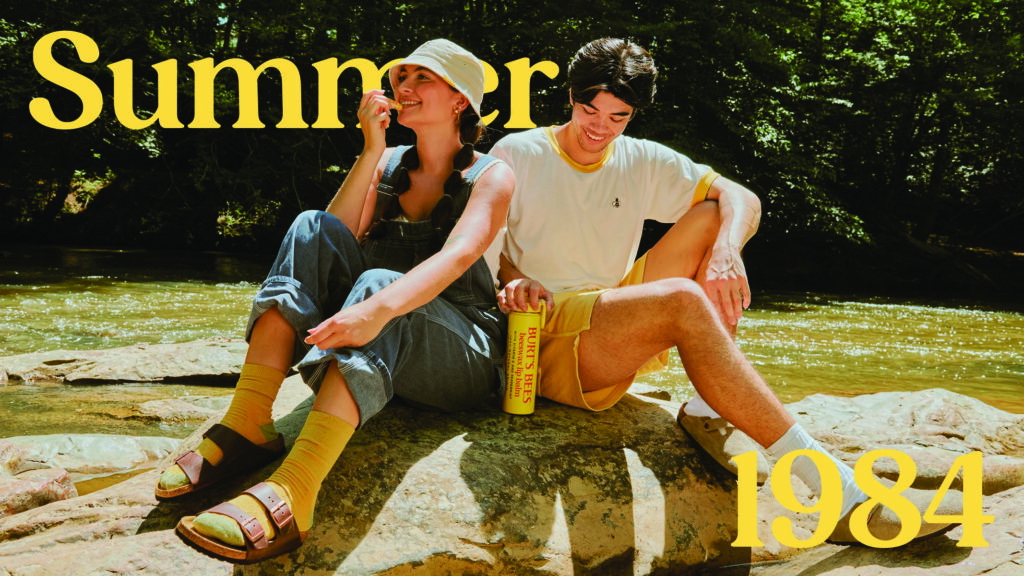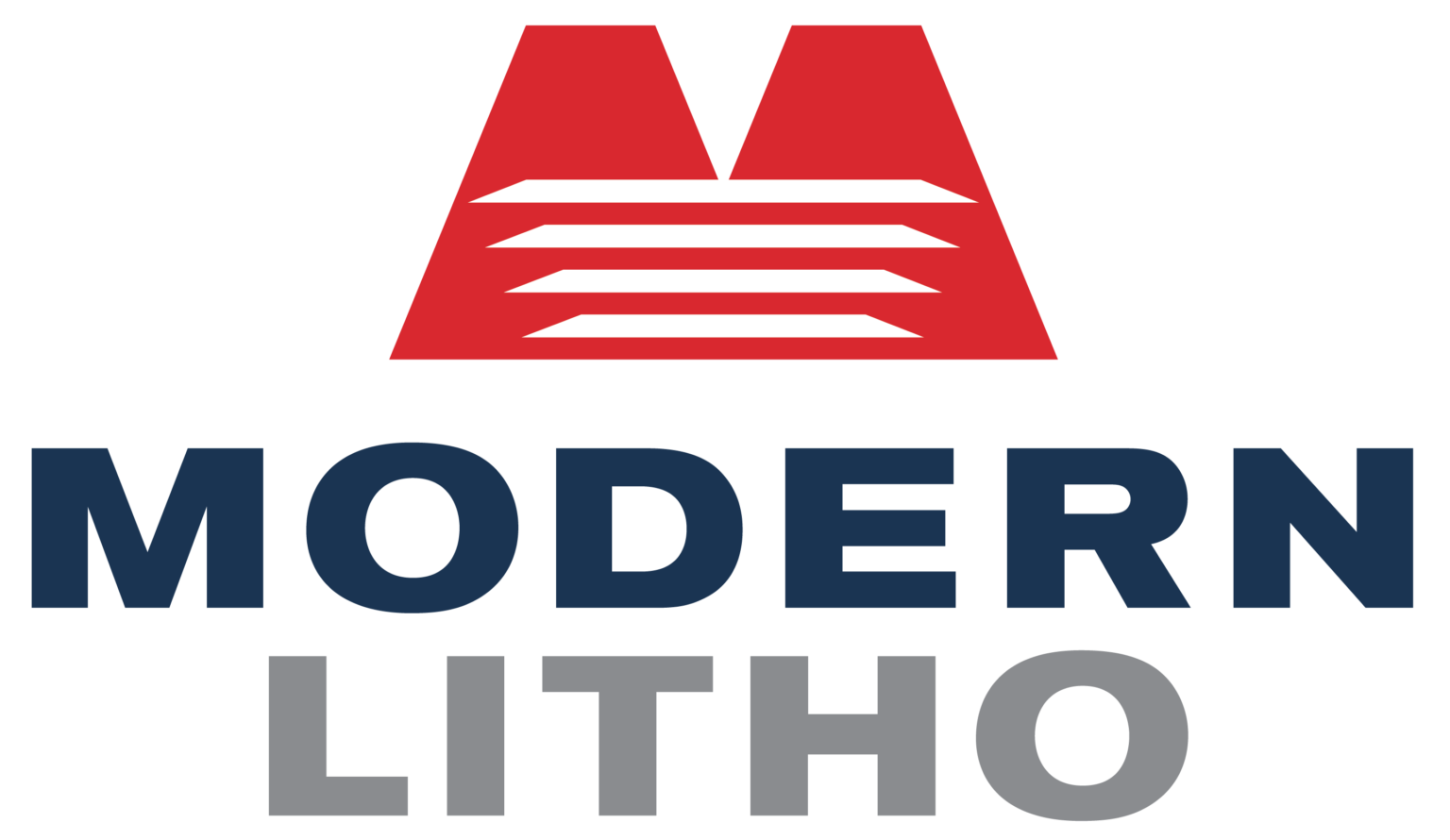Brands We Love: Burt’s Bees and Sustainability
Brands We Love: Burt's Bees

If you’ve ever gone in search of a solution for chapped lips or dry hands, you’re likely familiar with Burt’s Bees. Born in the Maine woods in 1984, the company calls itself “the #1 dermatologist-recommended natural skin care brand.” You don’t get old(er) by making missteps (even if you moisturize), and Burt’s Bees celebrated its 40th anniversary in 2024, so the company must be doing something right.
It helps, of course, that Burt’s Bees has a story to tell. The company got its start when a Maine beekeeper named Burt Shavitz—the “Burt” in Burt’s Bees—pulled over to pick up a hitchhiker named Roxanne Quimby in a remote area of Maine in the early 1980s. Shavitz was making a modest living selling his honey at roadside stands, and Quimby, who became Burt’s apprentice, saw great potential in his business. Quimby’s entrepreneurial spirit led the pair to turn Burt’s surplus beeswax into candles to sell. That was in 1984. Seven years later, in 1991, the company was incorporated, and the product offering evolved to lip balm.
Since then, well, let’s just say the company has been “out of the woods” for a while now.
In 2023, Burt’s Bees estimated revenue was $379 million selling skin care products, such as face and body cream, sun protection, acne care, “baby bee and kids” products, men’s shave cream, and, of course, lots and lots of lip balm. The company, which was first headquartered in an abandoned Maine schoolhouse that Shavitz and Quimby paid $150 per year to rent, has been based in Durham, North Carolina, since 1994 and today employs 450 people.
With its trademark yellow branding and its familiar bearded Burt logo, Burt’s Bees is unmistakable on the shelves of pharmacies, convenience stores, and just about everywhere else in 40 countries. It’s also sold online at www.burtsbees.com. The company’s success is driven first by a product that people swear by—see those dermatologist endorsements—and a brand philosophy set in motion by Quimby, who was a hippie artist in the 1960s prior to helping launch the company.
Since its earliest days, Burt’s Bees has had a close association with the natural world, and not just because the company started by selling honey. Like Shavitz, Quimby was a lover of nature and rural places. Quimby is quoted on the Burt’s Bees website as saying, “We take from nature, so we must respect and preserve it.” Indeed, when she sold her stake in Burt’s Bees in the mid-2000s through two different nine-figure deals, Quimby started a philanthropic foundation and donated $90 million to charities. She also bought more than 87,000 acres of woodlands in Maine, which she donated to the National Park Service.
Even though neither Shavitz—who was bought out by Quimby in 1999 and passed away at age 80 in 2015—nor Quimby are involved in Burt’s Bees’ day-to-day operations, the company has been able to build on the compelling story of its early days to increase brand loyalty decades later, something many companies struggle to do. By telling rich brand narratives that espouse the values of its founders, Burt’s Bees continues to gather new loyalists 40 years after its establishment.
Even as sales and distribution grew, the company remained connected to its core principles, or maybe sales grew because the company remains connected to those principles. Since 2007, Burt’s Bees has been owned by Clorox, which purchased the brand for a reported $925 million. Still, those early values play a major role in the company’s sales and marketing strategy.
“By nature, for nature, for all.”

All the proof you need of that can be found on the Burt’s Bees website, where much of the real estate is dedicated to the company’s sustainable mindset and business practices. Burt’s Bees says it continues to “make all of [its] products with some of nature’s most effective ingredients, all sourced with respect for people and the land.” The “About Us” section of the website tastefully lays out how the products are “mindfully made” with a mantra that consists of “quality, transparency, kindness.” The highlights in this area: their ingredients are over 95% natural in origin; their products are not tested on animals, are sourced responsibly, and are packaged in recyclable materials; and they have kept their operational waste out of landfills since 2010, instead diverting everything to compost bins, recycling centers, or waste-to-energy facilities.
The website also offers hundreds of words on how the company started; how its products are made “as nature intended”; and how it works to “protect tomorrow” by designing its packaging to be recyclable, powering its facilities with renewable energy, and promising to keep 1.5 million pounds of plastic out of the ocean. Burt’s Bees also says it is working toward 100% recyclable, reusable, or compostable packaging by 2025.
The website also does an effective job of using links to PR coverage, for example, by letting pieces from Refinery29, NPR, and Forbes tell the story of its philanthropic heritage and how it makes its products. If consumers want to “see what’s inside” the products, the website invites them to do so. A blog area called “The Honey Journal” has articles on topics ranging from how to recycle Burt’s Bees packaging to how the company is investing in women-led communities in Africa, where 16 million women work to produce shea butter, a product found in hundreds of Burt’s Bees products.
On social media, Burt’s Bees has 650K followers on Instagram, where the company’s products are front and center and the brand’s recognizable yellow color provides a consistent theme. There are also tips on lip treatment in winter, gift packs, and collabs and posts from fashion influencers. Employees get their fair share of attention, too: one video introduces a trio of women who work in the company’s research and development team. In addition, board-certified dermatologists act as spokespersons for the brand.
Clever digital creations present Burt’s Bees followers with questions to foster discussion on posts. Recent debates have centered around fun topics, such as “Is it gross to share lip balm?” and “Who would you share it with?” Another 290K people follow Burt’s Bees on TikTok, where the content is heavy on engaging product clips, consumers obsessing over product drops, and more of the usual TikTok creations.
The Burt’s Bees YouTube channel boasts another nearly 30K followers. Most of the content consists of videos that are short in length (30 seconds or less) but packed with value, such as tips from beauty influencers who show and explain what they love about certain Burt’s Bees products and how to get the most from those products.
So, four decades on, how did a brand built on the legacy of its founders celebrate its 40th anniversary?
By harkening back to its early days once more, of course. The company launched the limited-edition Camp Burt ’84 collection, which paid homage to its heritage. The collection featured items such as a reusable water bottle, the Balm Beach Towel in the brand’s signature yellow color, the Balm Hammock, Burt moto tee, Camp Burt’s Bees tee, bee bucket hat, stick-on patches, bee botanical bandanna, and balm keychain. It also introduced Wild Blueberry lip balm packaged in “eco-friendly 90%+ recycled paper packaging” to reduce plastic waste.
Burt’s Bees also held a four-week-long sweepstakes event on Instagram and TikTok where followers could win the merch, win products, and enter to win a grand prize canoe camping trip in Maine (where else?). And, obviously, there was a philanthropic angle. To kick off the Camp Burt ’84 collection, Burt’s Bees continued the philanthropic storyline that Quimby started by investing $3 million in Katahdin Woods and Waters National Monument’s new Tekαkαpimək Contact Station in Maine, welcoming the public through the worldview and artistry of the Wabanaki Confederacy (check it out at www.friendsofkww.org).
For their iconic branding, commitment to the environment, and celebration of their humble origins, we are happy to name Burt’s Bees a Brand We Love
